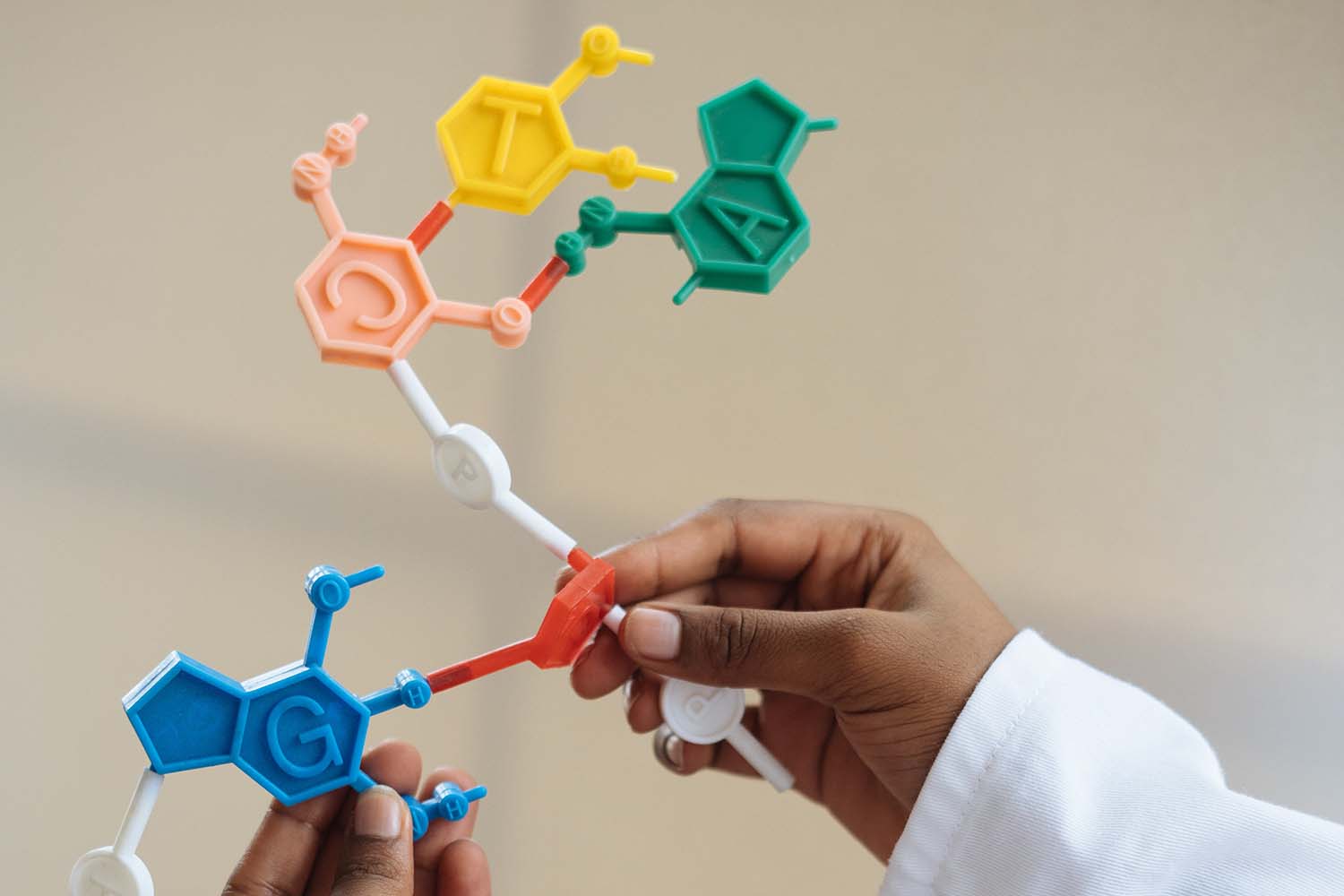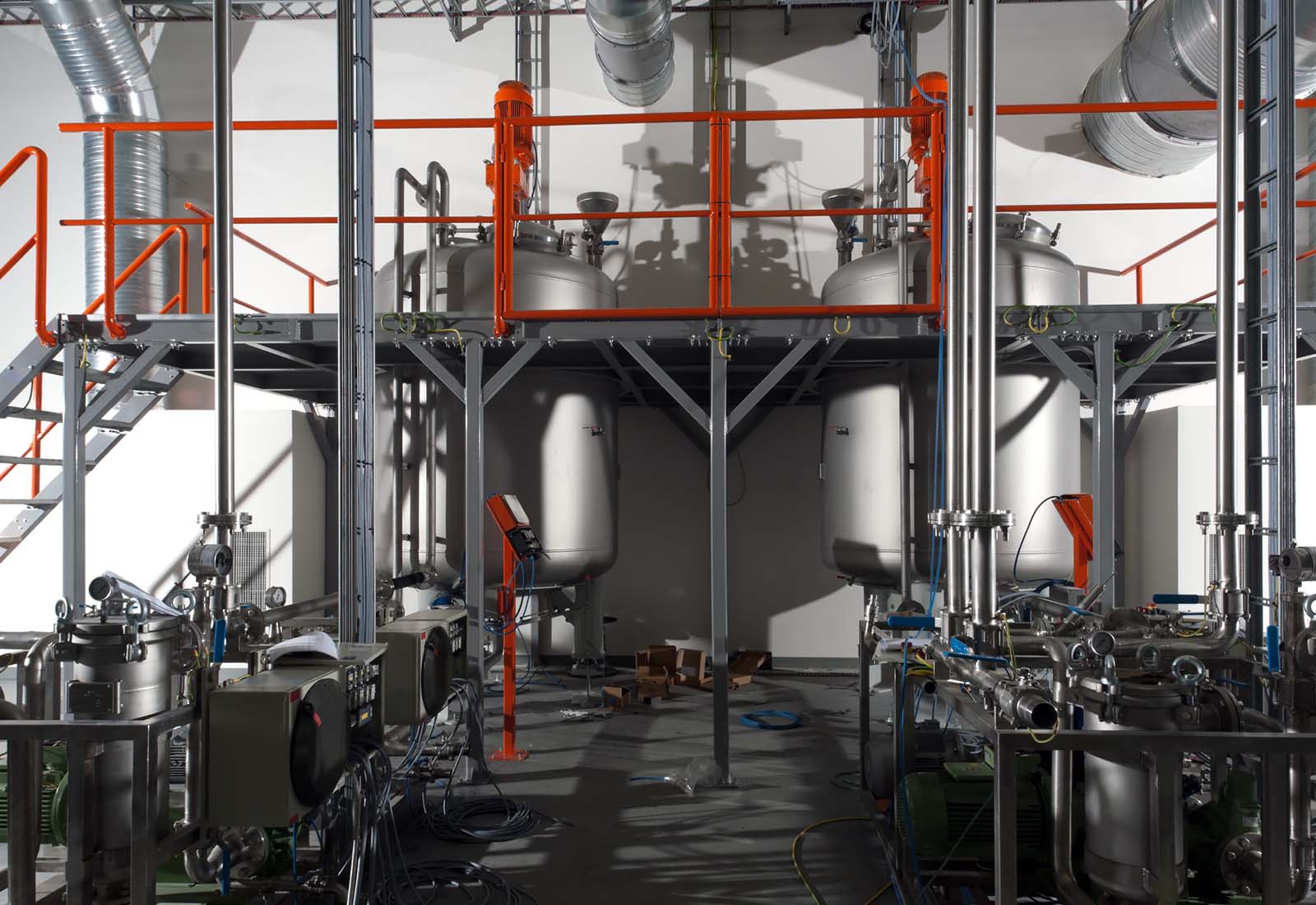Chemical Dust and Fume Collection
Chemical manufacturing generates dust that can potentially cause explosions or flash fires under the right conditions. Chemical dust is also a risk to workers, as it can be toxic if it builds up in the body. Processes such as material handling, screening, and mixing can produce chemical dust and nuisance dust that must be collected to prevent damage to workers, equipment, and the facility.
Dust and Fume Collection Systems for Chemical Plants
Robust air filtration systems will collect dust and fumes at the source, and keep toxic and volatile chemicals from causing damage to the workers and equipment. Spark detection and fire suppression systems help reduce the risk of explosions or fires from combustible dust.
Combustible Dust Hazards
Many types of chemical dust are combustible dust, including ascorbic acid, calcium acetate, dextrin, lactose and sodium ascorbate. Housekeeping processes must be in place in addition to collection systems, to prevent buildup on equipment. Dust residue that is agitated into a dust cloud in an enclosed space can create a powerful explosion, causing loss of life and destruction of property.

Material Property Considerations
Different chemical processing and production plants deal with unique chemical combinations. Designing an appropriate dust and fume collection system will keep the facility running safely while reducing emissions.
Here are some considerations for chemical material properties.
- Corrosion
- pH
- Cross Contamination
- Humidity
- Combustibility
- Volatility and Explosiveness
- Toxicity

Permissible Exposure Limits (PEL)
OSHA has set permissible exposure limits for workers to certain chemicals over an eight-hour shift. Exposure to metallic elements such as cadmium, beryllium, arsenic, chromium, and lead can cause neurological, reproductive, and gastrointestinal damage. Some metallic molecules travel deep into the body, damaging the kidneys, brain and nervous system, reproductive organs, and lungs.
Effective dust collection systems are critical to keep the workplace safe. Here are PELs for selected metallic substances.
- Cadmium: 5 µg/m3
- Zinc oxide: 15 mg/m3
- Chromium: 5 µg/m3
- Iron oxide: 15 mg/m3
- Cobalt: 1 mg/m3

